Affiliate disclosure: This post may contain affiliate links. Please see our Privacy Policy.
Linden trees have edible seed pods that taste like chocolate, when prepared correctly.
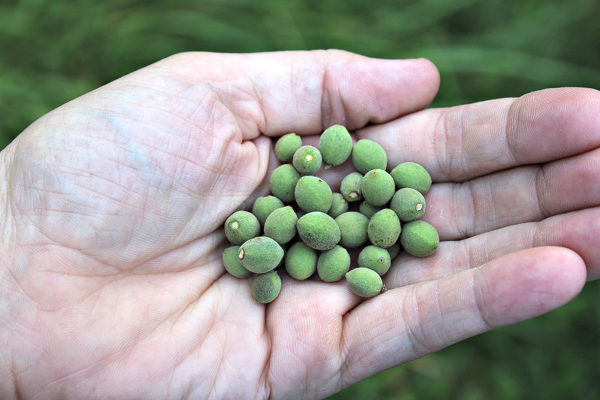
It’s my dream someday to live an entire summer on foraged food, and in many cases, that will mean giving up some of my favorite treats and comfort foods. While there are many foraged coffee substitutes, none of them contain caffeine. That’s going to be a hard adjustment for me personally.
Chocolate, on the other hand, is supposed to be relatively easy to make from green seed pods of the linden tree. Once they’re fully ripe, they become hard and bitter, and are more commonly roasted and used as a coffee substitute.
In the summer months, when they’re still young and green, they’re supposed to smell like chocolate, and if well blended and lightly sweetened, all the sources I can find say they’re the best chocolate substitute available. Or so they say…
I’m obviously not the first person to be interested in a local chocolate substitute for those of us living in temperate climates.
Historically, there is an account in Edible Wild Plants of Eastern North America that talks about Fredrick the Great (in 1658) hiring chemists to try to mass-produce linden chocolate to corner the market on a local chocolate substitute. Over and over they found the taste to be excellent, but couldn’t find a way to make it keep. The compounds that flavor linden chocolate are volatile, and degrade after 24 hours once the linen seeds are ground.
Edible Wild Plants of Eastern North America doesn’t cite their sources, and I haven’t found any other source to back up the claim that it was a historically important potential chocolate substitute.
While the internet repeats that linden chocolate is delicious, every single article sites the same book. I can’t find anyone that’s actually tried to make it. When the internet makes claims, and every single one sites the same source without actually trying it, I become skeptical.
Every recipe I’ve found has you take 5 parts green linden seeds, 1 part dried linden flowers, and a small amount of neutral oil (such as grapeseed) and thoroughly pulverize it all in a food processor. The linden flowers are only available fresh early in the season, so you’ll need to plan ahead and save some, or buy them in bulk online.
I tried this method, and it completely failed.
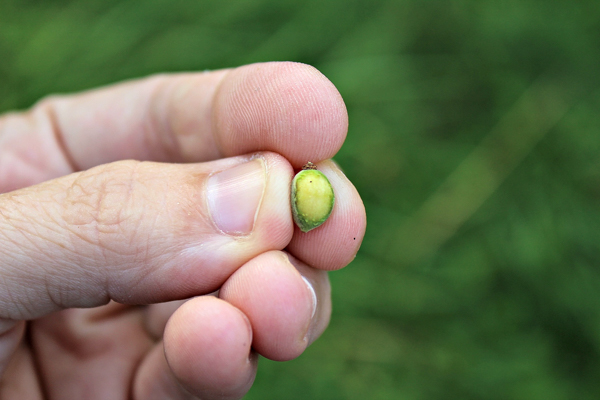
Years after my failed attempt, several online foraging channels have since posted the secret to getting it right…
Roasting the seeds.
None of them say exactly how long, but they suggest 350 degrees “until fragrant.”
Looking at the videos, they’ve also browned slightly and gotten nice and crunchy.
Once browned and crunchy, they process quickly in a coffee grinder or food processor. (My attempts at the green seeds completely failed in both, as did pounding in a mortar and pestle.)
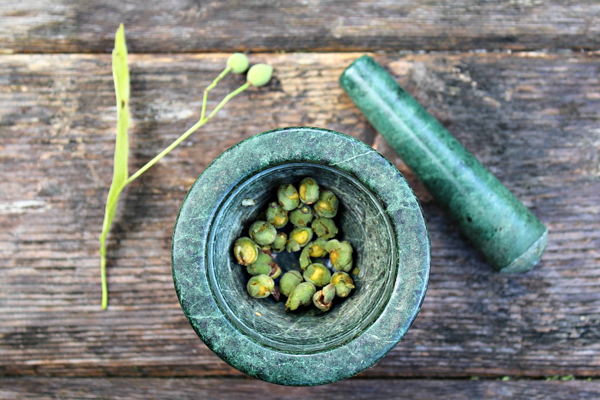
Other sources say fermenting the seeds, and then roasting them, like you do when you make cacao bean chocolate, is the right process. (Though I’ve never seen anyone try this method, so if you do, please let me know.)
Anyhow, the correct process is:
- Roast in a 350 degree oven until fragrant and slightly browned
- Cool completely
- Grind into a powder in a food processor or coffee grinder
- Add sugar to taste, and then a dash of neutral oil to bring the mixture together
- Enjoy
After failing to find pods with unroasted green Linden seeds, I haven’t been able to find pods for a few years, but now that I know the process, I can’t wait to find some and try again.
Oh, and I also recently received a comment from Tom in Europe via Email, and he suggests using fully ripe, rather than green beans:
“To make a decent Linden chocolate, you only have to pick mature fruits. I know all the books are saying to pick the green ones, but that’s a mistake. The unripe seeds inside green fruits taste horrible, while the taste of ripe seeds is quite nice, a little bit like fresh hazelnut, in my opinion. Right moment to harvest is around mid-september in the part of Europe i live in. You should then open the hard shell to get the seeds – only the seeds are used here! – and roast them until they get a coffee-like aroma. The final step is to mix them in a food processor as you would do for seed butter (linden seeds have a high-fat content). It’s definitely a time-consuming activity, but I’m pretty sure you could get good results with American linden trees, too.”
That’s a different approach than the foragers are using on social media, and I’m hoping to try both this year.
Have you tried making linden chocolate? Did it work? Leave me a note in the comments.
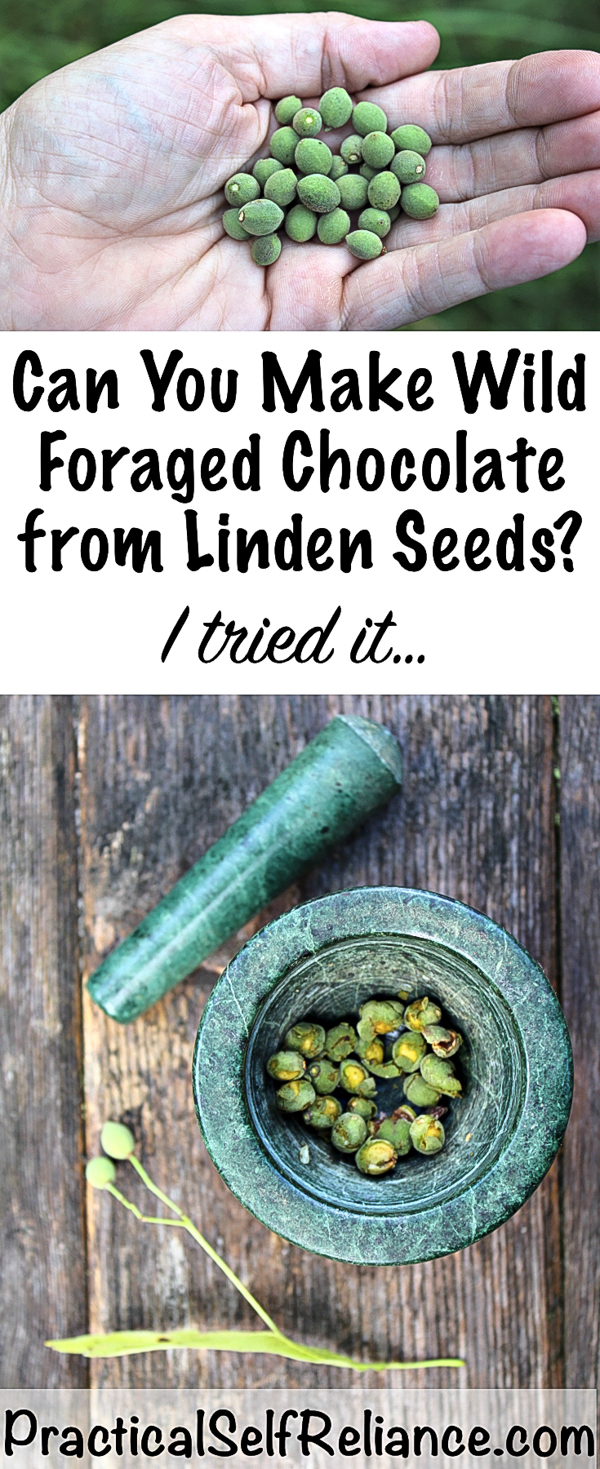
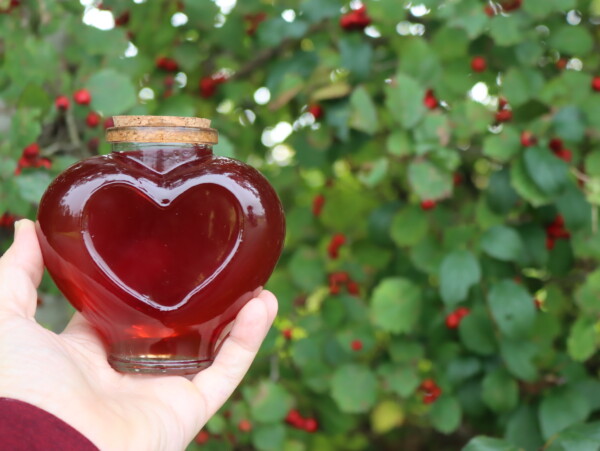
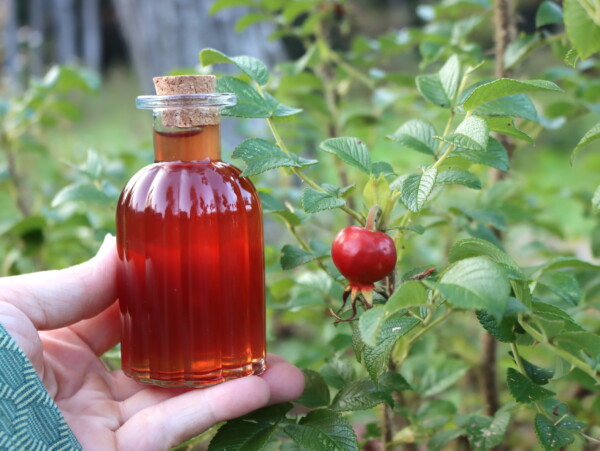
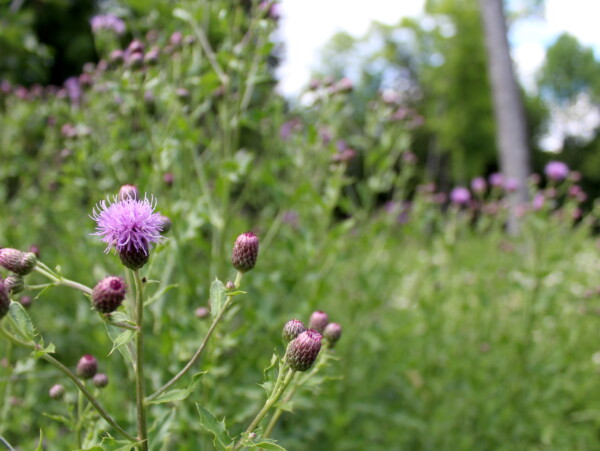
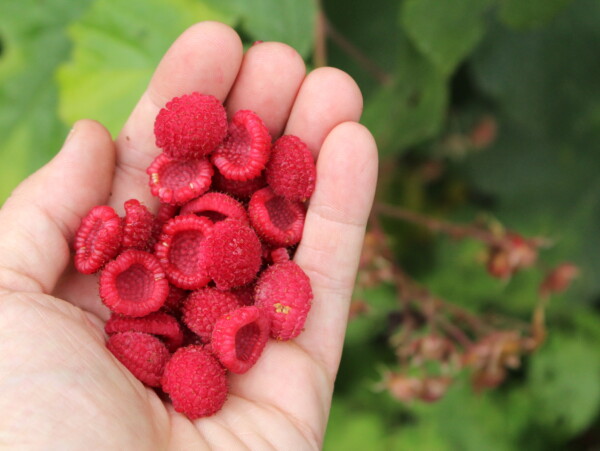





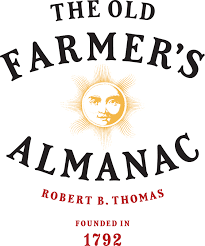

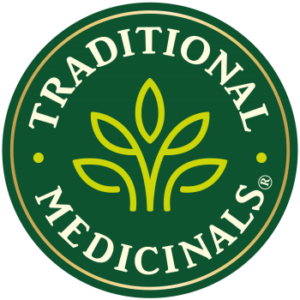


I have successfully made Linden chocolate from American Linden the last 2 years. Happy to share a photo of the final product. I use a chocolate refiner to get a smoother product and have found some trees taste more like chocolate and some more like coffee. Roasted green seeds is the key.
That’s great. Thanks so much for sharing. Unfortunately I don’t believe there is a way for you to add photos here.
I live in Colorado, and eat our linden fruits right off the tree, stems, shells, and all, green or ripe. They taste nutty and pleasant. I also eat the young leaves and occasionally the flowers. I’m relatively sure that it is T. Americana, but it is a volunteer, and could be a hybrid.
I’ve tried it by roasting the fully grown but still green seeds in the oven till they were brown, then grinding and sifting them. Quite some work this grinding, but doable. I’ve mixed the fine powder with powdered sugar and butter, and it actually makes a pretty nice paste. More like mocca than purely chocolate, but really nice. The sugar is really nessecary, but let’s be honest, it’s an important ingredient in real chocolate too.
I’ve tried to make coffee out of the remaining grind that I couln’t get through the sif (I just poored boiled water on it and let it sit for a while) and that too turned out quite well. Like a coffee cocoa mix drink. Also recommend to add sugar there, but then I’m not much of a coffee drinker.
Greetings from the Netherlands, Marjolein
That sounds pretty yummy. Thanks for sharing.
I make Lyme tree berry chocolate every year and trust me it definitely tastes like chocolate 😊💕❌❌
I eat the seeds (nuts) directly off our linden, both green and fully ripe, husks and all. Don’t even bother to remove the stems – neither those nor the husks are hard to chew, and the flavor is mildly nutty. I can’t say that they taste anything like chocolate, but they are pleasant enough for a quick nibble. I haven’t bothered to collect them in quantity. My tree has plenty of flowers low to the ground. I tried keying it out, but am still not sure of the species. I suspect European. They are common yard trees in the Denver area.
The Black Forager on Facebook did this. First I’d heard of the tree. She blended them on camera and said they were delicious.
Um… you didn’t roast them?! 👀